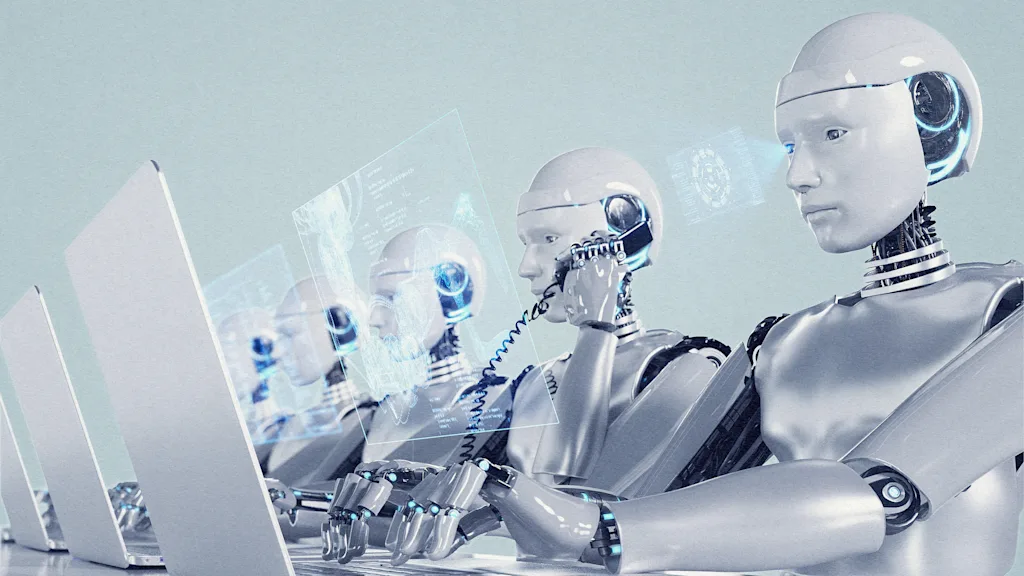
"As a sociologist who studies job insecurity, I'm among the pessimists. And that's not just because of AI itself. It's about something deeper-what scholars call " American exceptionalism." While people commonly use this phrase to refer to anything that makes the U.S. unique, I use it narrowly to refer to the country's approach to work and social welfare, which is quite different from the systems in other rich countries."
"The U.S. has relatively low levels of unionization, an " at-will" employment system, a modest welfare state, and a two-party system that lacks a social democratic tradition. Many wealthy countries boast higher unionization rates, stricter protections against being fired, and-particularly in Europe-more robust welfare states. In other words, even before AI came into the picture, American workers were facing a system stacked against them."
"This tendency grew more pronounced starting in the late 1970s, with Democrats and Republicans alike pursuing reforms such as stripping regulations and rolling back the welfare state. Between 1983 and 2022, unionization rates fell by more than 50%; they remain low today. In the 1990s, President Bill Clinton pledged to "end welfare as we know it" and followed with a law slashing support programs."
AI adoption will intensify existing U.S. labor vulnerabilities rooted in low unionization, at-will employment, a modest welfare state, and a two-party system without a social democratic tradition. Historical policy shifts since the late 1970s eroded worker protections through deregulation and welfare rollback. Unionization rates declined sharply between 1983 and 2022, and welfare reforms in the 1990s further reduced supports. When organizations implement new types of AI against this institutional backdrop, workers will face heightened fear of job loss and a greater risk that those fears become reality.
Read at Fast Company
Unable to calculate read time
Collection
[
|
...
]